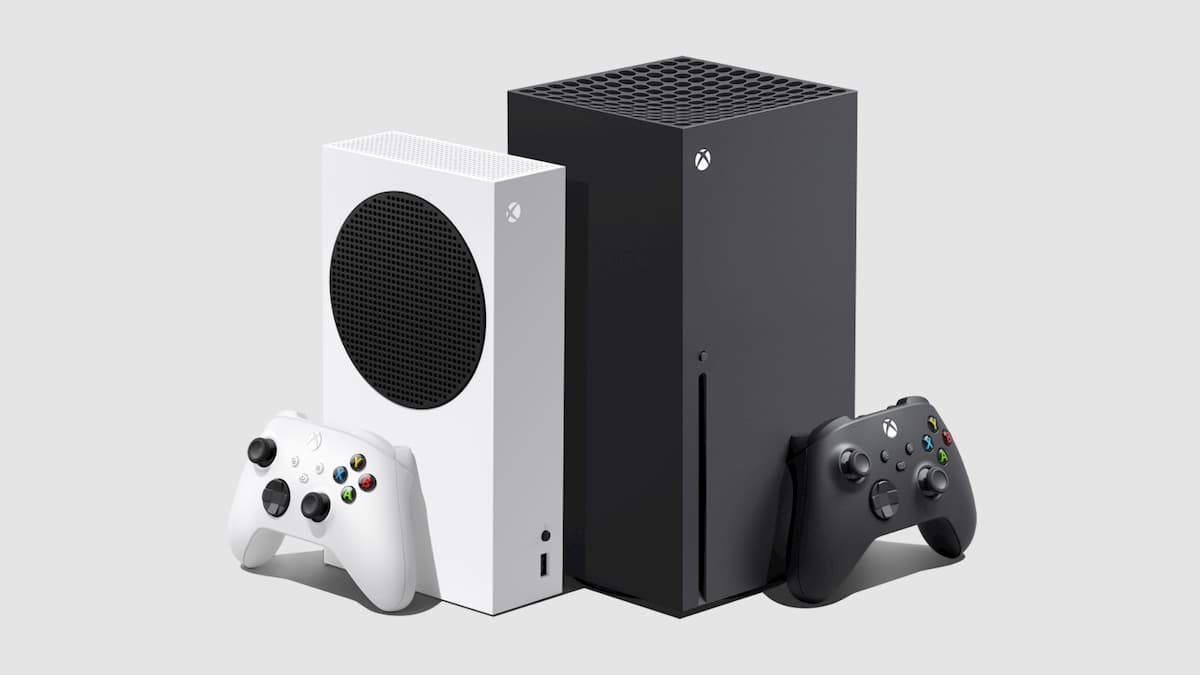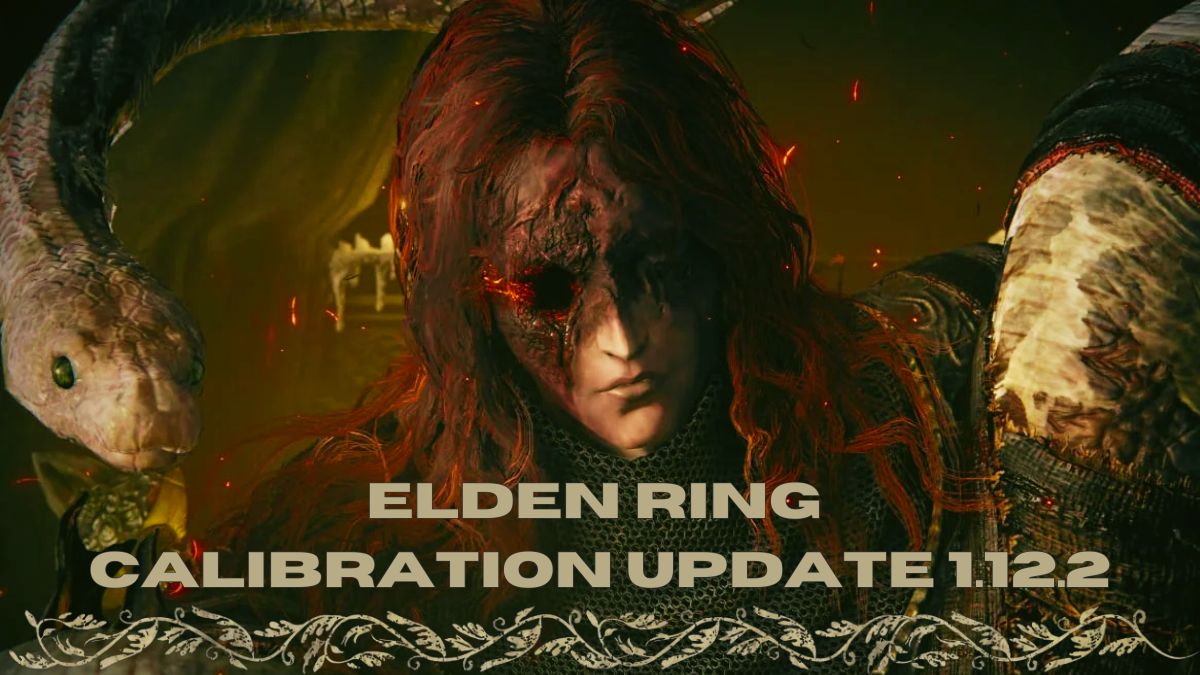As the gaming industry wrestles with the conundrum of fixed pixel displays, managing image quality continues to be a problem. AMD’s effort with the first iteration of FSR wasn’t the most flattering in comparison to Nvidia’s more mature DLSS. Luckily, an overhauled FSR 2.0 is on its way, along with full support for Xbox consoles.
Today’s AMD blog post went into detail regarding the inner workings of its FidelityFX Super Resolution 2.0 technology. After being announced last week, we now have confirmation that the new and improved reconstruction tech fully supports Xbox consoles. However, platform support doesn’t automatically indicate that games will begin utilizing it. It comes down to developers implementing it in their titles.
Curiously, PlayStation was not mentioned within the post despite games such as Deathloop utilizing FSR 1.0 on PS5. Considering FSR’s platform-agnostic nature, it’s unlikely that the PS5 couldn’t run it. It simply seems that integration on Sony’s platform isn’t a priority for the time being. Either that or it will be announced at a later date.
FSR 2.0 separates itself from FSR 1.0 by discarding the simplistic spatial upscaling in favor of a more complex method. In simple terms, AMD FSR 2.0 utilizes information accumulated over time from previous frames in order to reconstruct the image. It is closest in nature to Temporal Upsampling, which is utilized in Unreal Engine titles such as Gears 5. It still distances itself from Nvidia’s Deep Learning Super Sampling because machine learning algorithms are not used at all.










Published: Mar 23, 2022 03:30 pm